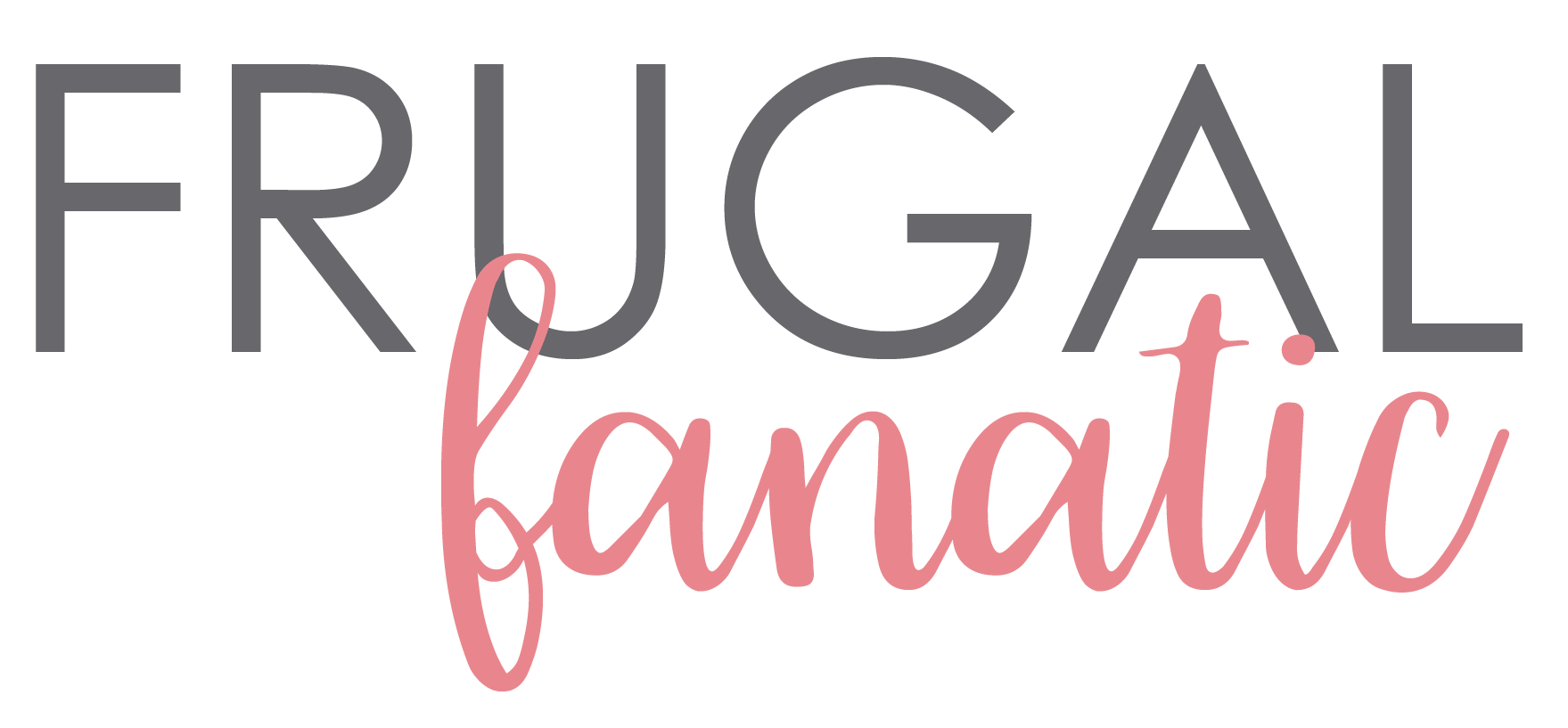Free Yearly Financial Goals Worksheet
Setting yearly financial goals can seem like a daunting task.
How do you know what goal to set?
You know you need help with your finances, but you’re confused with where to start.
I get it.
If you are just getting started with a budget or you are just looking for ways to save money then I encourage you to start by setting yearly financial goals.
Doing this will help you to lay a foundation for the financial goals you want to hit so you can make better decisions with your money over the year.
Be sure to download my FREE Budget Binder to get this Yearly Financial Goals worksheet.
Why You Should Be Setting Yearly Financial Goals
Setting financial goals is an important step toward becoming financially secure. Whether you are creating short-term or long-term goals they will help you to stay on track with your finances.
Maybe you are saving up for retirement, college or a rainy day fund, having goals to guide you will help you to save money faster.
Not only will it help to motivate you to make good choices with your spending and saving, but it gives you the opportunity to stay on top of your finances.
You might be worried about setting a big financial goal, but all you have to do is start small. Break down a huge goal you want to hit and give yourself small milestones.
How to Set Yearly Financial Goals
The first step in setting yearly financial goals is to start with a budget. You won’t know how you are spending your money until you lay it all out.
This means, tracking your income and expenses and creating a budget that fits your lifestyle.
You may be surprised to see how much money is constantly slipping through the cracks or being wasted when it could be saved.
If you haven’t yet, download a copy of my FREE Budget Binder. It will guide you to create your own monthly budget.
>>FORM
Also, check out how to set up the Budget Binder here.
Once you are able to see how much money you are bringing in and how much is going out with your expenses you can start to see changes you can make to start to save money.
When you are setting yearly financial goals think about where you would like to be financially one year from now.
Again, it doesn’t have to be a huge goal when you are just starting out.
Examples of Yearly Financial Goals
Your yearly financial goals will depend on your life and what you like to do, but I recommend that you start with some short-term financial goals such as:
Creating an emergency fund
Paying off credit cards
Having a certain amount of money in your savings account each month
Other larger financial goals could include life insurance, retirement, saving up for a mortgage and paying off loans.
Once you know what your yearly financial goals are you can then look at your budget and make a plan to hit each goal.
If your goal is to have an emergency fund with $1,000 in it you need to look at where you can cut back so you can start putting money into your savings account. Check out this step-by-step guide to building an emergency fund.
For example, you might look at your budget and see how much is being spent on entertainment and food and come up with a plan to put away $100 a month into an emergency fund instead of using it on these two categories.
Or, if you get extra money from a paycheck or tax return, consider putting a portion of it away.
Each goal that you set will help motivate you to start saving money so you can stop living paycheck to paycheck.
On the Yearly Financial Goals worksheet, there is a place to fill in 5 different goals. You do not need to use all of the spaces.
You can then fill in why you are setting this goal. I always like to add a why behind each goal because it gives me the motivation to push on with hitting the goal.
You will then be able to fill in the total amount of the goal and the date you want to complete it by.
Having a date will help you to stay accountable and track to see how much money you need to add each week or month to hit the goal.
Be sure to download my FREE Budget Binder to get access to the Yearly Financial Goals worksheet.
Let me know in the comments below what your yearly financial goals are. Are you trying to put money away for an emergency fund or are you focusing on paying off credit cards?


